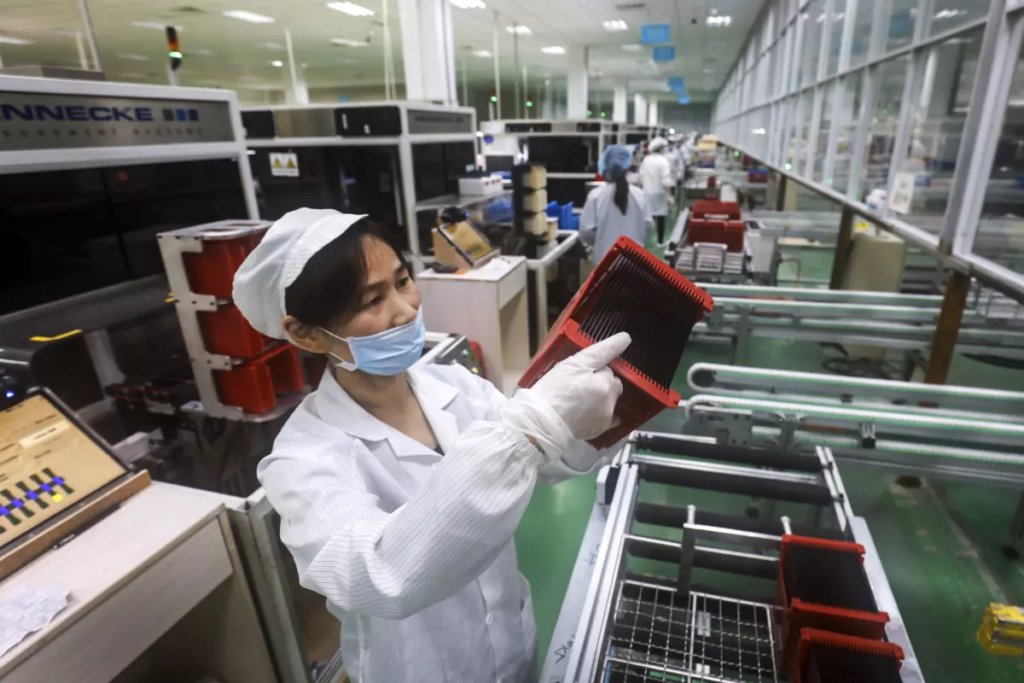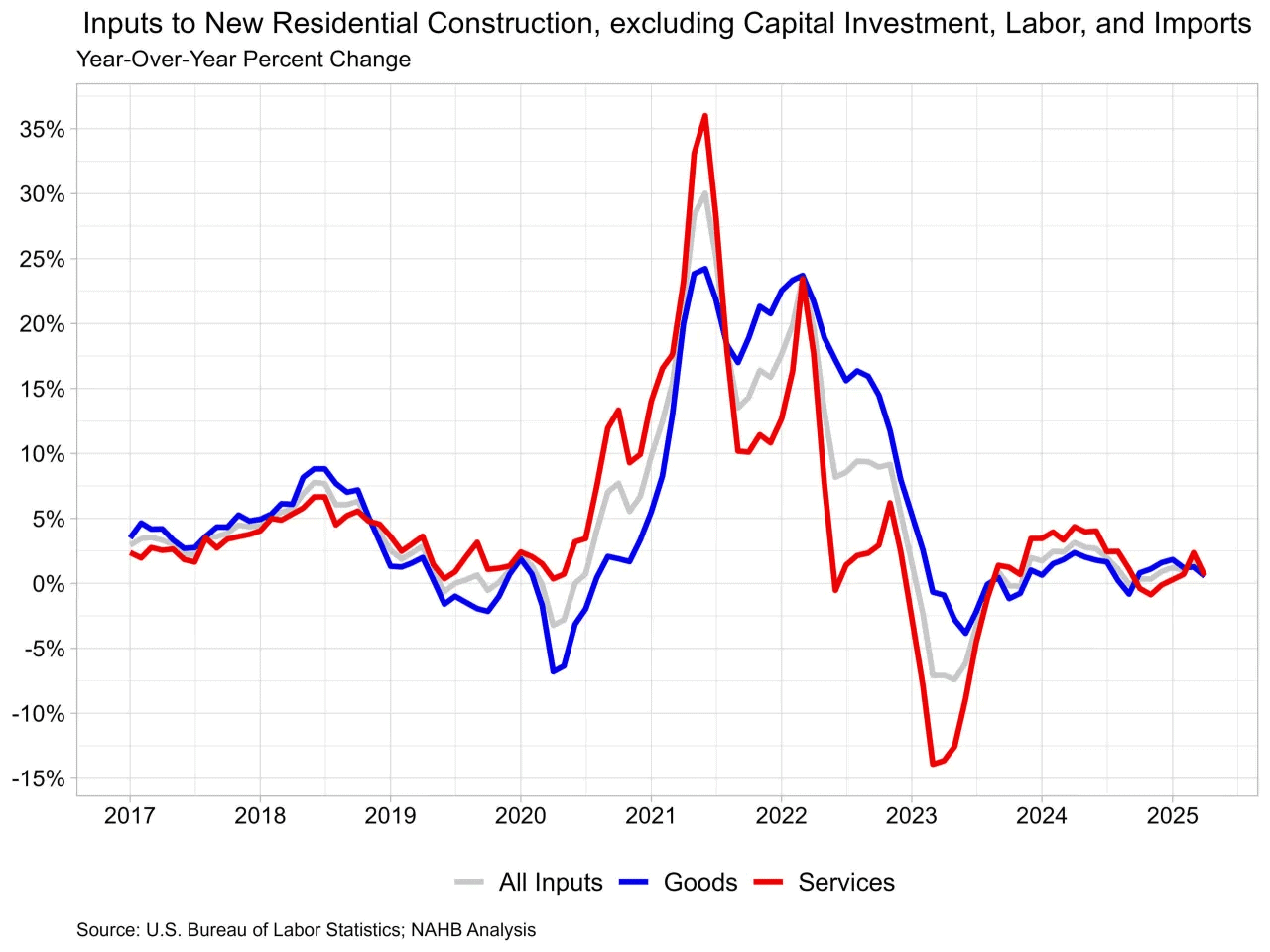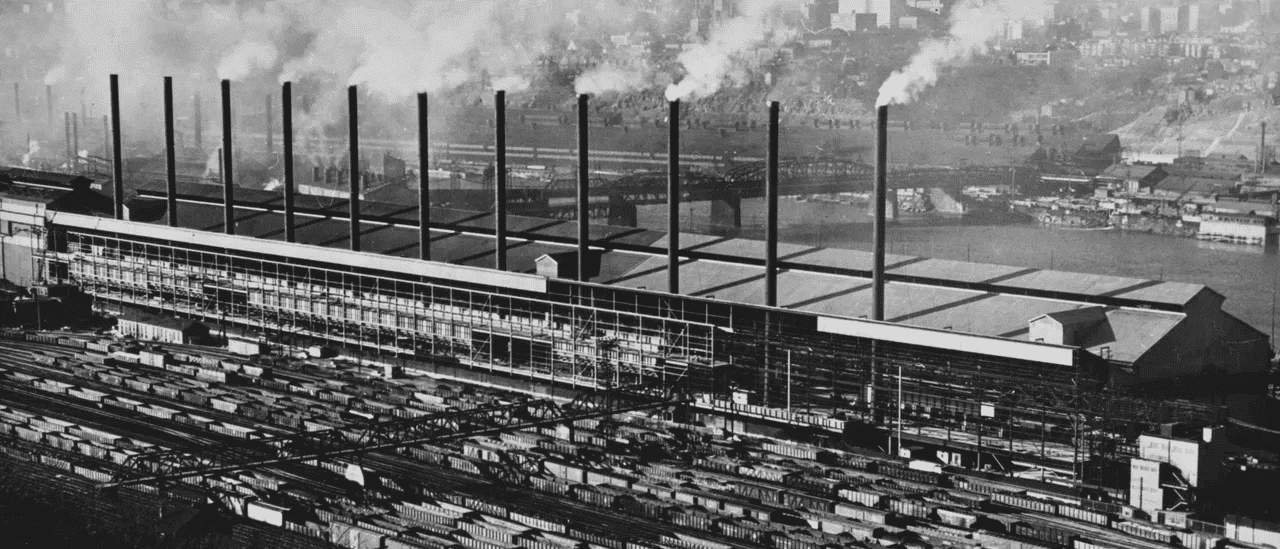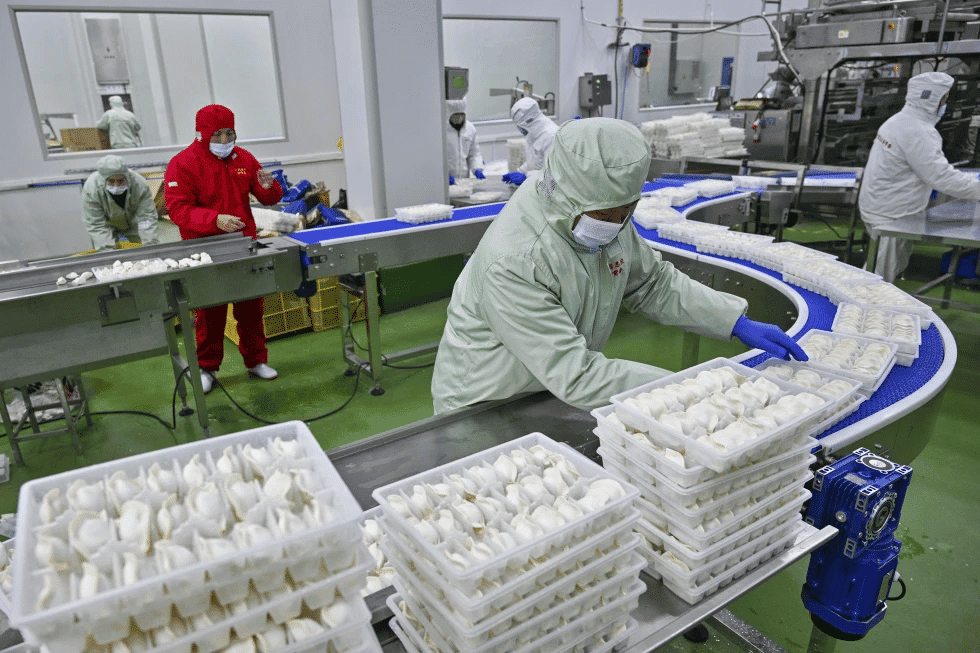
The economic landscape has shifted considerably since former President Donald Trump first introduced his tariff policies. Although initially aimed at reshaping the manufacturing ecosystem in Asia, particularly China, the ramifications have evolved beyond expectations—as we see in 2025. The ripple effects have spread across the globe, affecting various sectors, economies, and geopolitical climates.
Understanding the Initial Intent: A Brief Recap
The tariffs initiated during Trump’s presidency were designed to recalibrate the US-China trade relationship. The administration argued that China’s unfair trade practices threatened American jobs and intellectual property. As a result, tariffs were imposed on a wide range of Chinese products.
Key Objectives Behind the Tariffs
- Reduce the US trade deficit with China
- Encourage American companies to move manufacturing back to the United States
- Protect American intellectual property
- Level the playing field for American businesses competing globally
The Immediate Impact on Asian Manufacturing
Initially, the tariffs led to a slowdown in the manufacturing sector within China. Many multinational corporations began searching for alternative locations to minimize costs. This shift didn’t just affect China—it had ramifications for the entire Asian manufacturing hub.
- Increase in Manufacturing Costs: Tariffs added financial strain, leading to increased production costs.
- Supply Chain Reconfiguration: Businesses began diversifying supply chains, leading to a rise in manufacturing in countries like Vietnam, India, and Thailand.
- Changing Investment Patterns: Capital investments that once flowed into China began to scatter across Southeast Asia.
Broadening Horizons: The 2025 Global Impact
Fast forward to 2025, and the impact of these tariffs has transcended regional boundaries, influencing economies and industries worldwide.
1. Manufacturing Shifts to Other Regions
While some Asian countries benefited from the manufacturing exodus from China, other regions have emerged as viable hubs, driven by tariff-induced changes.
- Mexico and Central America are increasingly attractive due to proximity to US markets.
- Eastern Europe is capturing interest for its improving infrastructure and favorable trade agreements with the EU.
- African nations are seeing potential in becoming the new frontier for manufacturing with investments in technology and infrastructure.
2. Intensifying Technological Innovation
The necessity to adapt has accelerated the adoption of **Industry 4.0 technologies**, with automation and digitalization at the forefront.
- Automation and Robotics: To counterbalance higher production costs, companies are leaning into automation.
- Blockchain and Smart Technology: Greater transparency and efficiency are sought via digital solutions, leading to decentralized production models.
- Research and Development: There’s been an increase in R&D spending, aiming for innovative solutions in new markets.
3. Global Supply Chain Resilience
The COVID-19 pandemic shed light on the vulnerabilities within international supply chains. Coupled with tariff pressures, companies are reassessing supply chain resilience as a priority.
- Investment in local manufacturing capabilities for essential products
- Increased stockpiling of critical components to buffer market disruptions
- Stimulated interest in creating multi-sourced supply frameworks
Economic and Geopolitical Ramifications
The influence of tariffs isn’t solely economic; geopolitical dynamics continue to **evolve and adjust** as a consequence.
1. Changing Trade Alliances
Countries are re-evaluating alliances and trade agreements, seeking partners that offer political stability and economic predictability.
- The EU and ASEAN are strengthening ties, focusing on mutually beneficial trade agreements.
- The Comprehensive and Progressive Agreement for Trans-Pacific Partnership (CPTPP) gains traction as a counterbalance to US-China pressures.
2. Emergence of New Economic Policies
National economic policies are shifting focus toward self-sufficiency and sustainability to weather future geopolitical and economic storms.
- Increased government incentives for home-grown industries
- **Ecological sustainability** is emphasized to combat climate change risks and secure international partnerships.
Conclusion: A New Normal in the Global Economy
The trajectory initiated by Trump’s tariffs extends well beyond their initial framework and continues to shape the global economic fabric in 2025. While the manufacturing sector was the initial target, the greater implications suggest a shift into a more interconnected and dynamic global economy.
The impacts remind us that international policy decisions are rarely isolated in effect and can unleash a cascade of economic, technological, and geopolitical transformations. As we navigate this evolving landscape, flexibility and innovation will be key in capitalizing on the opportunities these changes could herald.
This blog post is structured using HTML tags for headings, paragraph formatting, and bullet points, promoting SEO with clear, informative content subdivisions.































